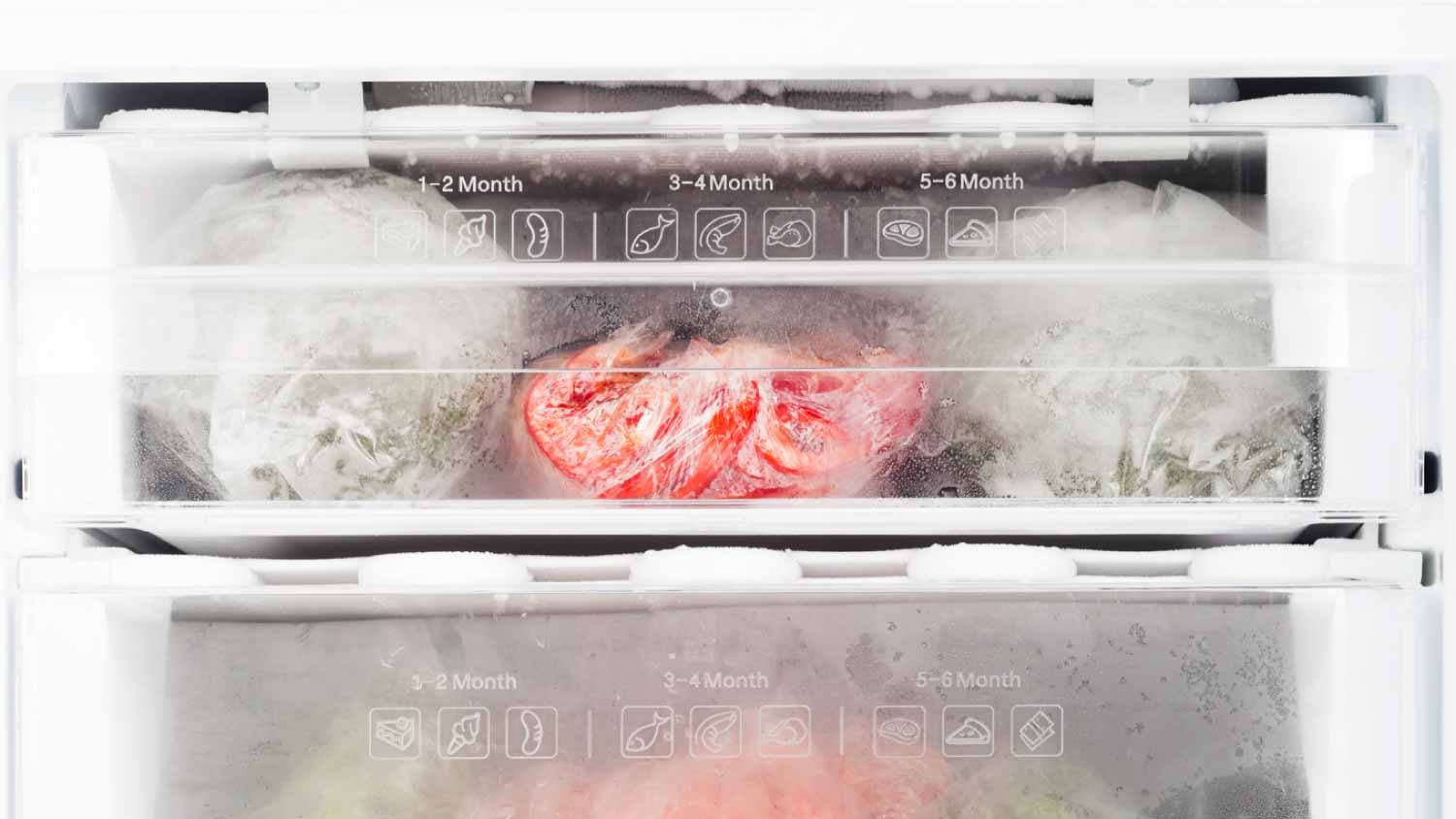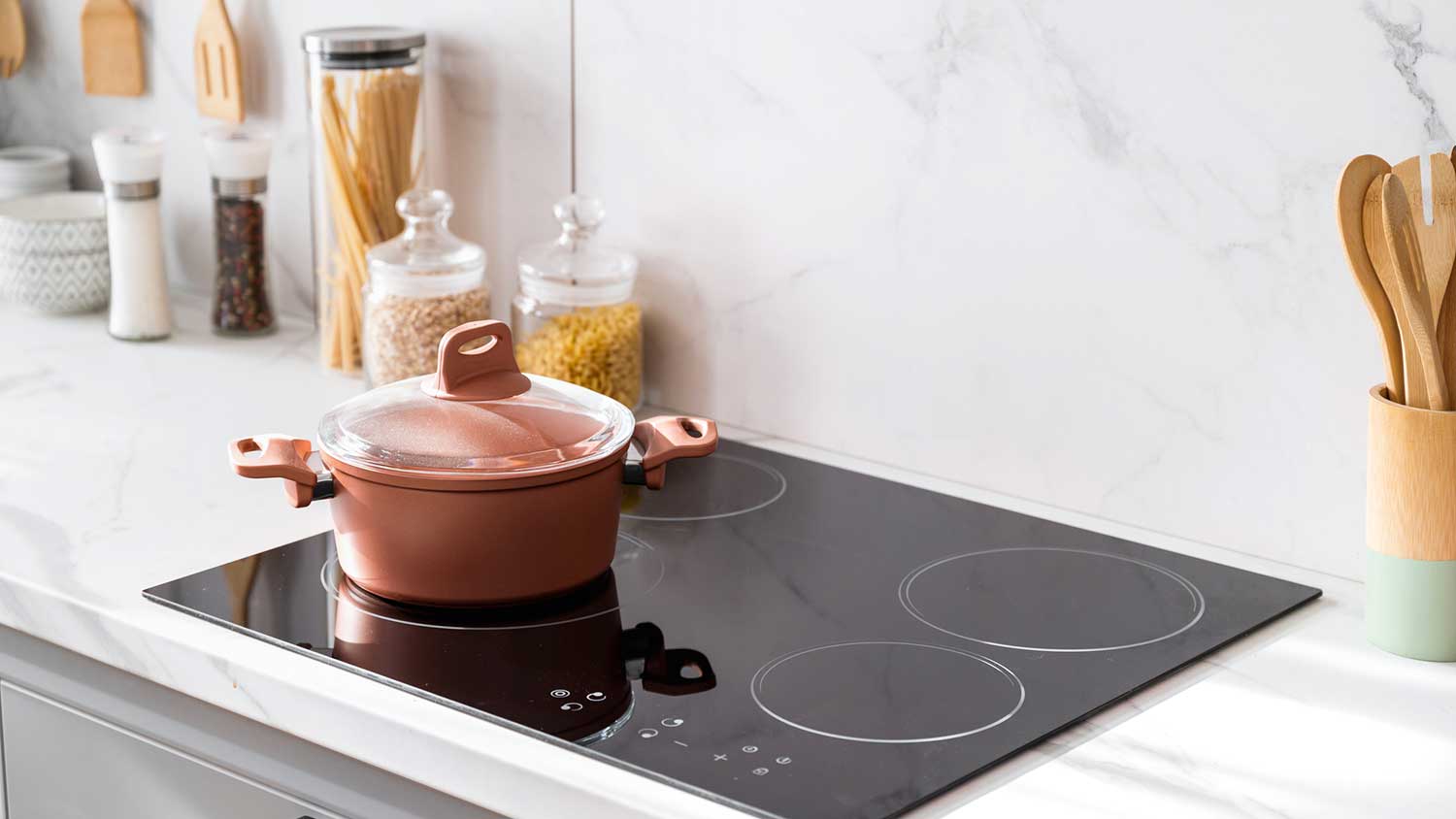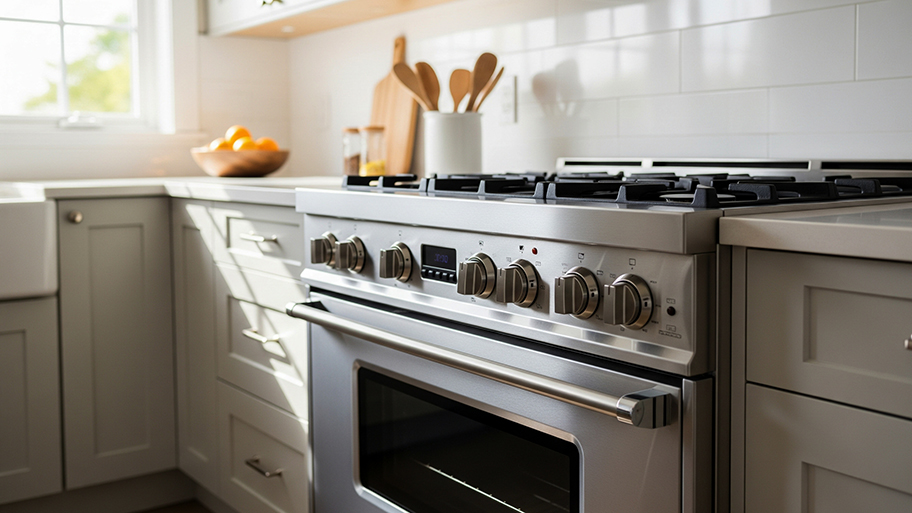
Range hoods come in various styles and help keep your kitchen clear of odors, smoke, and grease. Here’s how much it costs to install a range hood by type.
Make a super cool decision


Chest freezers fit more food and are better for large, bulky items like slabs of meat.
Upright freezers offer better organization and easier access to food items.
Chest freezers last longer, are more energy-efficient, and keep cold longer during power outages.
Chest freezers cost slightly less than upright freezers and are less expensive to run.
Upright freezers come in more design styles and are more customizable.
An extra freezer offers plenty of space for meat, bulk purchases, and all your favorite meals. Standalone freezers come in two types: chest freezers and upright freezers. Chest freezers provide more storage space, while upright freezers are better for organizing and accessing food. But there are a lot of pros and cons to consider. Learn all about upright versus chest freezers and how to choose the right one for you.
A chest freezer is shaped like a large, low box, with a door on top that lifts open. An upright freezer, meanwhile, stands vertically like a traditional refrigerator, with a front-opening door. There are pros and cons to both configurations, as you’ll discover below.

An upright freezer stands vertically with a front-opening door, interior shelving, and baskets, resembling the design of a mini fridge. Upright freezers allow for easy organization and viewing of food items. Upright freezers range from 3 cubic feet to 18+ cubic feet. They’re available in styles from basic to high-end stainless steel models. Upright freezers typically cost $250 to $3,000, depending on the make and model.
| Pros | Cons |
|---|---|
| Better food organization, viewing, and access | Hard to fit larger items |
| Auto-defrosting feature | Less energy-efficient than chest freezers |
| Easier to clean | Slightly more expensive than chest freezers |
| Requires less floor space | Lasts about five years less than chest freezers |
Best for:
An organized, easy-to-access food selection
Those who aren’t able to lift heavy items out of the bottom of a chest freezer
Storing smaller items
An upright freezer offers shelving, built-in door storage, and baskets, allowing easy viewing, organization, and access to food items. Rather than digging around for what you need, the upright freezer makes locating and grabbing your food easy.
Upright freezers are also easier to clean because you can reach all parts of the freezer with little effort. Uprights have auto-defrosting features, improving temperature control and preventing foods from freezing together.
Upright freezers take up less floor space than chest freezers, but you’ll need to ensure you have enough space around the freezer to open the door without obstruction.
Because of the gaps around the door frame, upright freezers are less airtight than chest freezers, making them less energy-efficient and slightly more expensive to run. Upright freezers last 10 to 15 years but tend to have a shorter lifespan than chest freezers by about five years. The cost of an upright can be $50 to $1,000 more than a chest freezer, depending on the size and model, but can be worth the investment if you prefer the setup.
Large, bulky items can be challenging to store in an upright freezer due to the vertical arrangement and shelving locations. The total storage capacity of an upright freezer is also less than that of a chest freezer of the same size.

A chest freezer sits horizontally on the floor with a door that opens from the top. Chest freezers are usually deep and provide ample storage for large, bulky items, such as whole chickens and large slabs of meat. Chest freezers lack shelving, but you can add baskets and bins to help with organization. Chest freezers cost $150 to $1,700 and typically come in white and black models. The size of a chest freezer ranges from 2 cubic feet to 20 cubic feet.
| Pros | Cons |
|---|---|
| More usable storage space | Harder to organize foods |
| Energy-efficient | Harder to access foods |
| Slightly less expensive than an upright | More difficult to clean |
| Food stays fresher longer in a power outage | Requires more floor space |
| Longer lifespan by 5 years | Requires manual defrosting |
Best for:
Storing large and irregularly-shaped items
Families who buy in bulk
Homeowners with the strength and agility to reach deep in the freezer to grab food
Chest freezers offer more storage capacity, even if the cubic square footage is the same as an upright model. They also can accommodate bulkier items better, such as whole turkeys, meats, and large freezer meals. Chest freezers cost slightly less than upright freezers, by $50 to $1,000, depending on the size and model.
Chest freezers have stronger airtight seals, keeping the cold air in and the warm air out. They are more energy efficient than uprights and can save money on your utility bill. Chest freezers are also less likely to overheat or have leakage problems. They typically last five years longer than upright freezers.
If your power goes out, your food stays frozen longer in a chest freezer than an upright one, due to the design and airtight seal.
Chest freezers are deep and lack shelving, making them difficult to organize. It can be hard to access food items that are stacked on top of each other. Chest freezers are also more challenging to clean, because it’s hard to reach all the way to the bottom of the chest. Chest freezers can accumulate frost more than uprights and don’t usually come with an auto-defrost option (you’ll need to defrost your chest freezer manually).
Chest freezers require more floor space than an upright freezer, and you should ensure you have headspace above the freezer to open the top door.
Opting for a chest freezer versus an upright one depends on the space in your home, what you want to store, and how you like to organize your items. To help you make your decision, here’s a look at how these two appliances stack up when it comes to durability, price, maintenance, and more.
If you want to open the door and quickly grab a bag of peas or a box of popsicles, an upright freezer offers easy viewing and access to your food. Upright freezers have shelving, door storage, and bins that can help you see and grab your food fast.
With chest freezers, you can easily access what’s on top but will have to dig further to get to the bottom items.
Even though both upright and chest freezers have sizes up to 20 cubic square feet, chest freezers have more usable storage space. If you plan to store large, bulky items such as whole turkeys, slabs of meat, and large freezer meals, a chest freezer is the way to go.
Upright freezers have built-in shelves, door storage, and baskets, making organization easy. Chest freezers are deep with no shelving, which often means you’ll be stacking food on top of each other. While you can buy baskets and bins for chest freezers, the organization options are more limited.
Upright freezers offer a range of storage solutions for food like door bins, shelves, and baskets. Uprights also come in sleeker styles, like stainless steel, whereas chest freezers typically come in standard black or white.
Thanks to their airtight seals and strong construction, chest freezers hold up to everyday wear and long-term use a bit better than uprights. But both are great as garage ready freezers or basement freezers.
Chest freezers cost $150 to $1,700, while upright freezers range from $250 to $3,000. Chest freezers also cost less to operate, because they’re more energy-efficient.
Because it’s easier to reach every corner of an upright freezer, cleaning is more straightforward. Plus, it has an auto-defrost setting. Chest freezers require manual defrosting, and it can be hard to clean the tough-to-reach spots.
The maintenance on both freezer types is the same and includes checking the thermostat and gasket regularly and cleaning the door every three months. If you notice your freezer is not holding the ideal temperature or is working overtime to keep things cool, contact a local fridge repair pro.
Chest freezers typically last 15 to 20 years while uprights tend to last 10 to 15 years. Because of their airtight seal and sturdy design, chest freezers will outlast an upright in most cases.
With its airtight seal, a chest freezer keeps warm air out and cold air in, meaning it doesn’t work as hard to keep the space freezing cold. You’ll save money on your utility bill running a chest freezer instead of an upright.
Because of their energy efficiency, extra storage space, and longer lifespan, chest freezers often have a higher resale value.
From average costs to expert advice, get all the answers you need to get your job done.

Range hoods come in various styles and help keep your kitchen clear of odors, smoke, and grease. Here’s how much it costs to install a range hood by type.

Garbage disposals last five to 10 years, and replacement is preferred over repairs. Here’s everything you need to know about replacing your garbage disposal.

Discover the average cooktop installation cost, key price factors, and tips to save. Learn what impacts your total cost and how to budget for your new cooktop.

Looking for a new washer or dryer to keep your clothes fresh and clean? Learn how to choose a washer and dryer by knowing what to consider.

Understand the top reasons why your oven smells like gas, the severity of the issue, and how to address the causes before calling a pro.

Is your washing machine not draining? This is often an easy problem to fix. Keep reading to learn how to drain a washing machine.